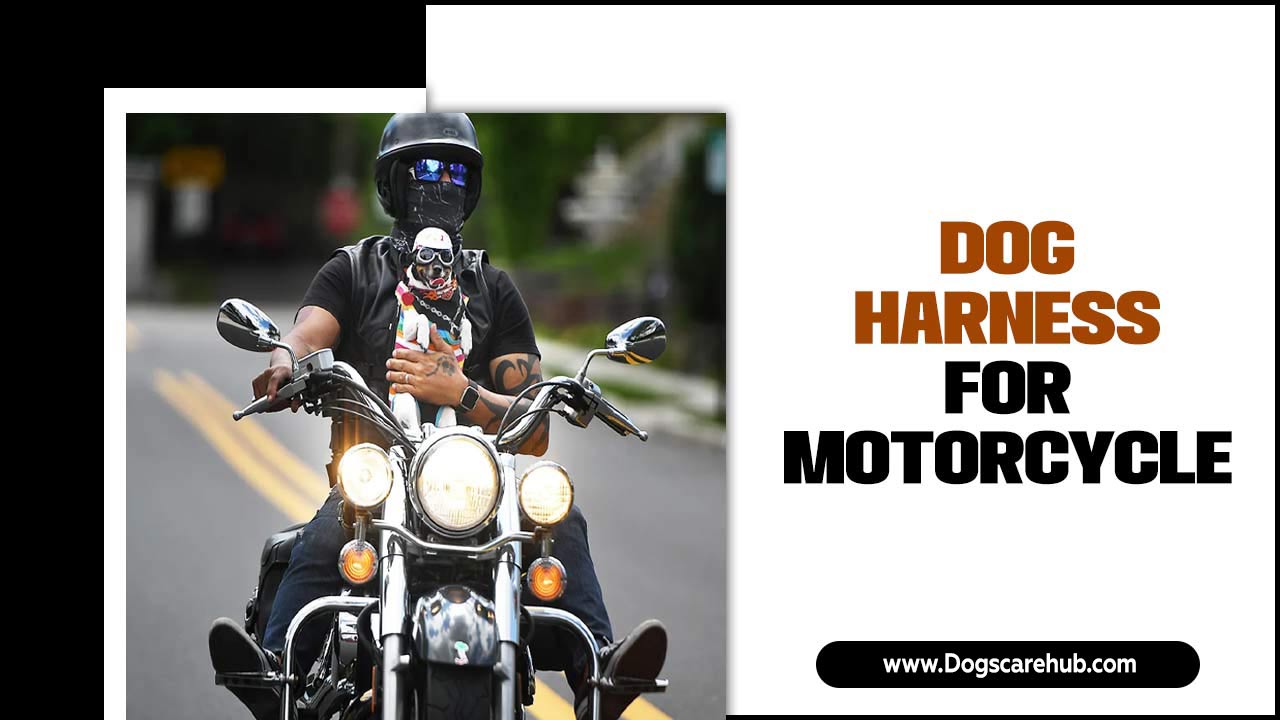Have you ever wondered why your dog behaves a certain way? Many pet owners face challenges with their furry friends. But did you know you can change your dog’s behavior at home? With a little patience and understanding, you can help your dog become more well-behaved. Let’s find out how!
Key Takeaways
- Dog behavior can change with patience and consistency.
- Positive reinforcement works well in behavior training.
- Proper environment aids dog behavior modification at home.
- Understanding dog signals is key to behavior change.
- Training sessions should be short and fun.
Understanding Dog Behavior
Understanding your dog’s behavior is the first step to modifying it. Dogs communicate in many ways. They use barks, whines, and body language to express themselves. By observing closely, you can learn what they mean. For example, a wagging tail might mean excitement. On the other hand, a tucked tail could show fear. Knowing these signs is crucial. It helps in addressing their needs and correcting unwanted behavior.
- Observe your dog’s body language daily.
- Learn different barking sounds.
- Note your dog’s reactions to new things.
- Identify triggers that cause excitement or fear.
- Spend time understanding your dog’s habits.
Once you understand your dog’s signals, you can guide their actions better. This knowledge is essential in shaping their behavior. It allows you to communicate effectively and respond appropriately. This forms a strong bond between you and your pet. Understanding is the key to better communication.
Fun Fact : Dogs have three eyelids, and the third one helps protect their eyes!
The Importance of Communication
Do you speak dog? Well, not literally. But you can learn their language. Dogs communicate through actions and sounds. Understanding these can improve how you interact. It creates a peaceful home environment. For instance, a bark can mean different things. It could be a greeting or a warning. Knowing this can prevent misunderstandings. Dogs also watch us closely. They learn our habits and respond accordingly. Effective communication helps in setting boundaries and rules.
Recognizing Body Language
What does a dog’s body say? Quite a lot! Dogs use their bodies to express feelings. A wagging tail often signals happiness. But not always. Sometimes it can mean anxiety. Observing your dog’s posture is important. A relaxed stance shows comfort. Raised hackles might indicate stress or aggression. Knowing these signs helps in reacting appropriately. It also aids in predicting your dog’s behavior. This understanding forms the basis for behavior modification.
Decoding Barking Patterns
Why do dogs bark? It’s their way of communicating. Some barks are friendly. Others can be warnings. Understanding this helps in addressing unwanted barking. For instance, a high-pitched bark might signal excitement. A low growl can indicate fear or aggression. By recognizing these patterns, you can take action. Addressing the cause of barking is essential. It helps in reducing unnecessary noise. This makes the home environment calmer.
Setting Up the Right Environment
Your dog’s environment plays a big role in their behavior. A comfortable and safe space encourages positive actions. Dogs need areas to play, rest, and eat. Ensuring this can prevent unwanted behaviors. For instance, lack of space might make a dog anxious. This can lead to destructive actions. Providing toys and activities keeps them engaged. It also reduces boredom-induced mischief. A well-structured home supports better behavior.
- Create designated areas for eating and sleeping.
- Provide toys for mental stimulation.
- Ensure a safe and secure outdoor space.
- Keep harmful items out of reach.
- Maintain a clean and organized environment.
Designing a good environment is crucial. It influences how your dog behaves. A well-set home reduces stress and promotes good habits. It also enhances your dog’s overall well-being. This is a simple yet effective step in behavior modification at home. Creating a positive space benefits both you and your furry friend.
Fun Fact : Dogs have been pets for over 10,000 years!
Creating a Safe Space
Does your dog have a safe space? If not, it might be time to make one. Safe spaces are important for dogs. These are areas where they can relax and feel secure. A cozy bed or a quiet corner can be ideal. Safe spaces help in reducing stress. They also prevent anxiety-related behaviors. Dogs often retreat to these areas when overwhelmed. Providing this can improve your dog’s mood and behavior. It gives them a sense of comfort and security.
Encouraging Positive Play
How does your dog play? Play is essential for dogs. It keeps them active and happy. But not all play is good. Encouraging positive play is important. This means providing toys and activities that stimulate the mind. It also involves teaching your dog to play nicely. Avoid games that encourage aggressive behavior. Instead, choose activities that promote cooperation. Positive play strengthens the bond between you and your dog. It also channels their energy constructively.
Reducing Stressful Triggers
Do you know what stresses your dog? Identifying triggers is key to behavior modification. These can be loud noises or unfamiliar visitors. Reducing such triggers improves your dog’s behavior. For example, some dogs fear thunderstorms. In such cases, providing a safe space during the storm helps. Avoiding triggers prevents the onset of stress-related behavior. It also creates a calmer environment for your pet. Recognizing and reducing stress factors is crucial for a happy dog.
Positive Reinforcement Techniques
Positive reinforcement is a popular training method. It involves rewarding good behavior. This encourages dogs to repeat those actions. Rewards can be treats, praise, or playtime. Positive reinforcement works because dogs love attention. When they associate good behavior with rewards, they are more likely to obey. This method is effective and humane. It strengthens the bond between you and your pet. It’s a key part of dog behavior modification at home.
- Use treats as rewards for obedience.
- Praise your dog enthusiastically.
- Incorporate playtime as a reward.
- Ensure consistency in rewarding good behavior.
- Avoid negative reactions to mistakes.
Positive reinforcement is powerful. It makes training sessions enjoyable for both you and your dog. The focus is on rewarding good actions rather than punishing bad ones. This creates a positive atmosphere. Dogs learn faster when they feel happy and loved. Consistent use of this technique improves behavior significantly. It also helps in building trust and respect.
Fun Fact : The world’s first guide dog was trained in Germany in the 1920s!
Using Treats Wisely
How do you use treats in training? Treats are a great motivator. But they should be used wisely. Giving treats for good behavior works well. But overdoing it can lead to health issues. Balance is key. Pick healthy treats and use them sparingly. Treats should be small and given immediately after the desired action. This reinforces the behavior. Remember, the goal is to reward, not to overfeed. Treats should be part of a balanced diet.
Praising Your Dog
How do you praise your dog? Praise is a powerful tool. Dogs love attention and affection. When they do something right, show them. Use a happy voice and lots of pats. Dogs respond well to positive vibes. Praise reinforces good behavior. It makes your dog feel appreciated. Remember, timing is everything. Praise right after they do something good. This connects the action with the reward. Praising builds confidence and encourages obedience.
Incorporating Play Into Training
How do you make training fun? Incorporating play makes a big difference. Dogs love to play. Combining this with training keeps them engaged. Use games like fetch or tug-of-war. Reward your dog for following commands during play. This makes learning enjoyable. It also strengthens your bond. Training through play prevents boredom. It keeps your dog active and attentive. Play-based training is effective and enjoyable for both you and your pet.
Consistency in Training
Consistency is vital in dog training. Dogs learn through repetition. Practicing commands regularly helps reinforce behavior. Each family member should use the same commands. This avoids confusion for the dog. Consistent training sessions build habits. They also improve understanding and obedience. Dogs thrive in a stable environment. Consistency provides this stability. It plays a crucial role in behavior modification at home.
- Practice commands daily.
- Use the same words for each command.
- Ensure all family members follow the same rules.
- Keep training sessions short and regular.
- Be patient and persistent.
Being consistent yields results. Dogs learn better when they know what’s expected. Consistency creates a predictable environment. It also reduces stress and confusion. This is essential for effective behavior modification. Remember, patience is key. Change doesn’t happen overnight. But with consistent effort, you will see progress. Your dog will respond positively to clear and consistent training.
Fun Fact : Dogs have around 220 million scent receptors. Humans have only 5 million!
The Role of Routine
Is your dog on a routine? Routines are important for dogs. They provide structure and predictability. Dogs feel secure when they know what to expect. Establishing a routine helps with training. It sets specific times for meals, walks, and play. This consistency supports learning. It also reduces anxiety. Dogs thrive on routine. It gives them a sense of order and security. A well-structured routine aids in behavior modification.
Reinforcing Commands
How often do you practice commands? Frequent practice is essential. Reinforcing commands solidifies learning. Repetition helps dogs remember what to do. Practice commands in different settings. This teaches dogs to obey in various environments. Use positive reinforcement to reward obedience. Consistent practice leads to reliable behavior. It builds confidence and understanding. Dogs take cues from our actions. Reinforcing commands regularly improves their response.
Engaging Family in Training
Is your family involved in training? It should be a team effort. Consistency is key in dog training. Every family member should use the same commands. This avoids confusion for the dog. Involving everyone creates a supportive environment. It also reinforces learning. Sharing the responsibility makes training easier. It builds a stronger bond with the dog. Dogs respond well to unified efforts. Engaging the whole family enhances behavior modification.
Creating a Balanced Training Schedule
A balanced training schedule is essential for success. Overloading your dog with too many commands can overwhelm them. Instead, spread out training sessions throughout the week. Focus on one or two behaviors at a time. This makes learning manageable and fun. Dogs appreciate variety in training. It keeps them interested and engaged. Over time, you’ll notice improvements in their behavior. A balanced schedule is a smart approach to dog behavior modification at home.
- Schedule short daily training sessions.
- Focus on one behavior at a time.
- Mix up different training activities.
- Monitor progress and adjust schedules as needed.
- Ensure rest periods between sessions.
Planning a balanced schedule takes effort but is rewarding. It prevents burnout for both you and your dog. Consistent yet varied sessions boost learning. They keep your dog attentive and eager to please. Over time, training becomes a positive part of daily life. Your dog will look forward to these moments. A balanced approach ensures lasting behavior changes.
Fun Fact : Dogs can understand up to 250 words and gestures!
Planning Training Activities
How do you plan training? Effective planning boosts success. Begin with setting clear goals. What behaviors do you want to modify? Plan activities that target these goals. Use a mix of commands, play, and rest. This keeps sessions balanced. Consistency is crucial. Stick to your schedule and monitor progress. Adjust plans if necessary. Training should be flexible and fun. Dogs learn best in a positive and structured environment.
Scheduling Rest and Playtime
Are you scheduling enough rest and playtime? Dogs need breaks just like us. Overtraining can lead to stress. Balance is key. Include rest periods in your training schedule. This prevents fatigue and keeps training sessions effective. Playtime is also important. It refreshes your dog’s mind and body. A good mix of rest, play, and training keeps your dog happy. It enhances their ability to learn and adapt. A balanced schedule supports behavior modification.
Tracking Progress
How do you track progress? Monitoring is vital in training. It helps you see what’s working. Keep a journal of training sessions. Note your dog’s response and any challenges. Adjust your approach based on this feedback. Progress may be slow but consistent effort pays off. Celebrate small victories. This keeps you motivated. Tracking helps in refining your methods. It ensures that training is on the right path. Monitoring progress leads to successful behavior modification.
Conclusion
Dog behavior modification at home is achievable with the right techniques. Understanding your dog’s signals, setting up a good environment, and using positive reinforcement are key. Consistency and a balanced training schedule lead to success. With patience and effort, you can help your dog become well-behaved. This strengthens your bond and creates a happy home. Remember, every dog can learn and improve!
FAQs
Question: How long does it take to modify dog behavior?
Answer: Modifying dog behavior takes time and patience. The duration depends on the dog’s age and the behavior in question. Consistent training and a positive environment speed up the process. Some behaviors change in weeks, while others take longer. Persistence, understanding, and patience are key. Every dog learns at their own pace.
Question: Can every dog learn new behaviors at home?
Answer: Yes, every dog can learn new behaviors with proper guidance. Dog behavior modification at home is possible. It requires understanding, consistency, and patience. Using positive reinforcement techniques is effective. Creating a supportive environment helps. Every dog is capable of learning and adapting to new behaviors.
Question: What if my dog doesn’t respond to training?
Answer: If your dog doesn’t respond, reassess your methods. Ensure you’re consistent and patient. Check if you’re using the right rewards. Sometimes, seeking professional advice helps. Dog experts offer additional strategies. Every dog is different, so adjustments may be necessary. Stick with it, and you’ll see progress in time.
Question: Are there behaviors that can’t be changed?
Answer: Most dog behaviors can be modified. However, certain behaviors rooted in genetics may be challenging. Understanding the cause of behavior is important. Some may require professional intervention. Patience and consistent effort help in making positive changes. Every dog can improve with the right approach.
Question: How do I choose the right rewards for my dog?
Answer: Choosing the right rewards involves knowing your dog’s preferences. Some dogs love treats, others prefer play. Observe what makes your dog happy. Use those as rewards. Ensure treats are healthy and appropriate. Rewarding with love and attention is also effective. A variety of rewards keeps training engaging.
Question: Can older dogs learn new behaviors?
Answer: Yes, older dogs can learn new behaviors. While it might take longer, the right approach makes a difference. Positive reinforcement and consistency are key. Older dogs benefit from patience and understanding. They can adapt and improve with time and effort. Age doesn’t limit a dog’s ability to learn.
Meet Elyse Colburn, the devoted canine companion and storyteller behind the enchanting world of “Tales, Tails, and Adventures Unleashed.” A passionate dog enthusiast with a heart full of paw prints, Elyse Colburn shares heartwarming tales and insightful adventures, celebrating the joy, loyalty, and endless antics that make every dog a true hero. Join Elyse Colburn on this tail-wagging journey, where every post is a love letter to our four-legged friends.








